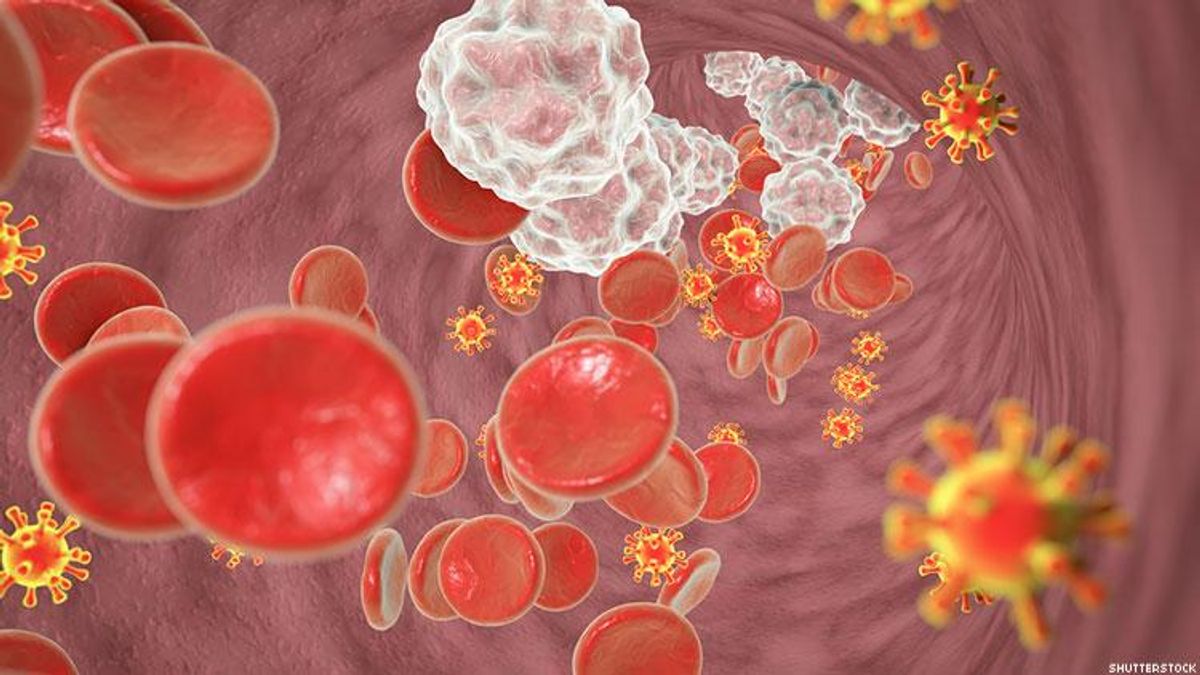Treatment
BREAKING: Study Shows Human Body Produces Its Own Anti-Retrovirals

By continuing to use our site, you agree to our Privacy Policy and Terms of Use.

In a new study published in Nature it was learned that the human body makes its own antivirals and the possibility of harnessing that ability could impact HIV treatment and prevention.
A release states, "It’s been known for years that humans and other mammals possess an antiviral gene called RSAD2 that prevents a remarkable range of viruses from multiplying. Now, researchers at Albert Einstein College of Medicine, part of Montefiore, have discovered the secret to the gene’s success: The enzyme it codes for generates a compound that stops viruses from replicating. The newly discovered compound offers a novel approach for attacking many disease-causing viruses."
"Nature has given us a template for creating a powerful and safe antiviral compound,” says study leader Steven C. Almo, Ph.D., professor and chair of biochemistry, professor of physiology & biophysics and the Wollowick Family Foundation Chair in Multiple Sclerosis and Immunology at Einstein. Dr. Almo and his colleagues at Einstein and Pennsylvania State University found that the compound, called ddhCTP, disrupts the replication machinery of Zika virus. The next step is to test the compound against a broad array of viruses.
Steven C. Almo, Ph.D.
The previously unknown compound possesses many features reminiscent of existing antiviral drugs, such as d4T (stavudine) and AZT (zidovudine). Based on these similarities, the Einstein team hypothesized that this new compound, called ddhCTP, could function as a so-called “chain terminator”, which is incorporated into replicating viral genomes, resulting in the accumulation of prematurely terminated, incomplete genomes and fewer infectious virions.
To test this hypothesis, the Almo Lab collaborated with Jamie Arnold and Craig Cameron at Penn State, who demonstrated that, as predicted, ddhCTP could inhibit aspects of Zika virus, West Nile virus, dengue virus, and Hepatitis C virus infection in a test tube. The team took these studies one step further, and in collaboration with Joyce Jose, also from Penn State, demonstrated that ddCTP could inhibit Zika virus replication in mammalian cells.
Remarkably, ddhCTP does not impact the viability of mammalian cells. Almo says that “evolution has spent millions of years searching for a molecule, such as ddhCTP, which selectively targets viral pathogens, while leaving the host untouched.” The researchers are now interested in evaluating ddhCTP analogs to realize more potent antivirals and to understand why nature selected ddhCTP as the protective compound. As HIV infection stimulates the machinery used to generate ddhCTP, the team is examining whether this molecule might serve a potential therapeutic lead compound for the treatment of HIV and other viral pathogens.